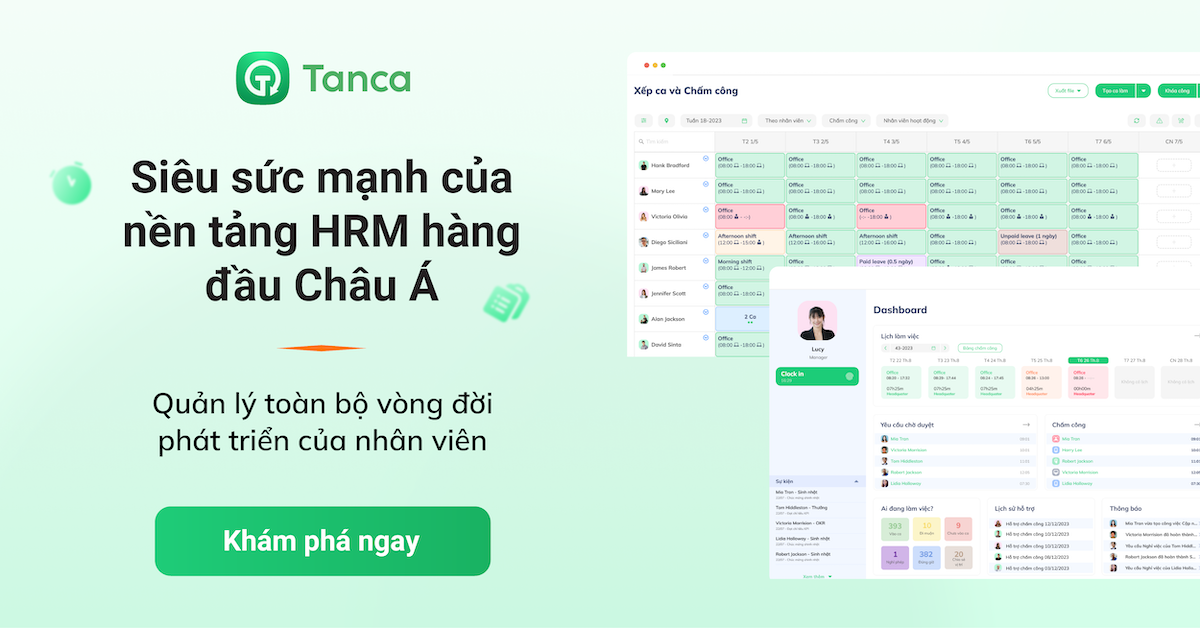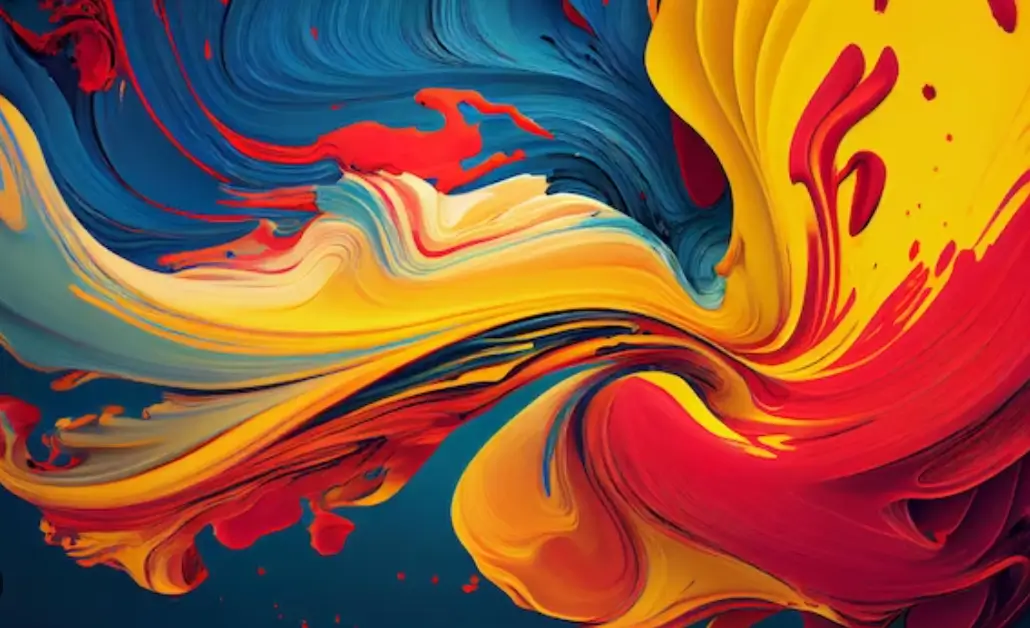The internet is a cornerstone of modern life, connecting 4.9 billion people globally and enabling seamless communication, collaboration, and access to information. However, the concepts of intranets and extranets might be less familiar.
Many people confuse the internet with intranets, despite their differences. The internet is a public network connecting various computer networks, accessible to anyone and providing unlimited information. In contrast, an intranet is a private network used within organizations, restricted to a limited number of users and offering specific information. The pandemic highlighted the critical role of company intranets for business continuity and remote work but also revealed their limitations for some organizations.
To effectively leverage these networks, it's important to understand the differences between the internet, intranets, and extranets. In the following sections, we'll explore each of these networks in detail, clarifying their unique roles and benefits in today's digital landscape.
What is the difference between intranet, internet and extranet?

The terms "intranet" and "internet" refer to distinct types of networks, each serving different purposes and audiences. Understanding the difference between them is crucial for effectively managing an organization's communication and information-sharing systems.
Internet
The internet isn't just a network, it's a worldwide web of interconnected computers enabling information exchange and a vast array of services. Think communication, entertainment, news – all at your fingertips. Standardized protocols ensure seamless communication between different devices.
Over 60% of the world's population actively uses the internet, showcasing its deep integration into modern life. From financial transactions to learning and entertainment, the internet underpins nearly every aspect of our existence. The Internet of Things (IoT) further expands its reach, allowing internet-connected devices to control your home or even silence your ramen slurps!
Cables, fiber optics, and wireless connections form the internet's infrastructure, carrying data through various networks like LAN, WAN, and MAN. The Internet Corporation for Assigned Names and Numbers (ICANN) acts as the internet's address book, assigning unique identifiers to keep everything running smoothly.
Unlike traditional networks with a central authority, the internet thrives on decentralization. Numerous interconnected networks managed by various entities – private companies, universities, governments – form its backbone. This distributed structure makes the internet adaptable and resistant to disruptions, ensuring its continued operation even if parts experience issues.
Intranet
Unlike the public internet, intranets are private networks accessible only to authorized employees. This secure environment fosters communication and collaboration, streamlining internal processes. Imagine a central hub for company resources: documents, policies, announcements – all readily available. Modern intranets go beyond storage, incorporating search for quick information retrieval, user profiles for connections, and even blogs and mobile apps for a more interactive work experience.
But the benefits extend beyond efficiency. Intranets leverage familiar internet technologies (TCP/IP) but operate within a controlled local network (LAN/WAN) for data security. This centralized platform improves productivity by providing easy access to information and tools. Collaboration thrives with project management tools, discussion forums, and teleconferencing, enabling seamless teamwork regardless of location.
Intranets also play a crucial role in company culture. They provide a space for employee engagement, idea sharing, and company-wide discussions, leading to increased satisfaction and a stronger sense of community within the organization.
Extranet
Extranets go beyond traditional intranets by extending a company's secure network to authorized external users like suppliers, customers, and partners. This fosters collaboration and streamlines operations by providing a controlled environment for sharing information and resources.
Imagine a digital bridge connecting your organization with key players. Suppliers can check inventory in real-time, customers can track orders, and partners can collaborate on projects – all securely. This eliminates inefficiencies and keeps everyone on the same page.
Security is paramount. Extranets leverage firewalls, encryption, and VPNs to ensure the confidentiality and integrity of shared data. Data breaches are a major concern, and extranets address this by providing controlled access.
Intranet vs Internet and Extranet
| Criteria | Internet | Intranet | Extranet |
| Accessibility | Publicly accessible to anyone with an internet connection | Private network accessible only to authorized users within an organization | Private network accessible to authorized external users like partners, suppliers, and customers |
| Purpose | To share information and resources globally | To share information and resources within an organization | To share information and resources with external stakeholders securely |
| Coverage | Global reach | Limited to the organization | Limited to the organization and selected external users |
| Security | Security measures vary; generally less secure | High security with firewalls and access controls | High security with firewalls, VPNs, and access controls |
| Ownership | No single owner; managed by multiple entities | Owned and managed by a single organization | Owned and managed by one or multiple organizations |
| Examples | Websites, email, social media, online shopping | Corporate portals, employee directories, internal communication platforms | Supplier portals, customer service portals, partner collaboration platforms |
| User Base | General public | Employees of the organization | Employees of the organization and authorized external users |
| Maintenance | Maintained by Internet Service Providers (ISPs) | Maintained by the organization's IT department | Maintained by the organization's IT department |
| Cost | Generally more economical | Can be less economical due to maintenance and security costs | Can be less economical due to additional security and maintenance costs |
| Relation | Network of networks | Derived from the internet | Extension of the intranet |
Internet and intranet examples

Internet examples
The Internet is a global network that connects millions of devices and provides a wide range of services.
- Social Connection: Platforms like Facebook, Twitter, and Instagram keep us in touch with loved ones and current events.
- Online Shopping: Convenience reigns with websites like Amazon and eBay for buying anything from groceries to electronics.
- Entertainment On-Demand: Stream movies, shows, and music with services like Netflix, YouTube, and Spotify.
- Communication Made Easy: Email services like Gmail and Outlook keep us connected through electronic messages.
- Finding Answers: Search engines like Google and Bing are our digital detectives, helping us find information on any topic.
- Cloud Storage: Platforms like Google Drive and Dropbox store and share files online, accessible from anywhere.
- Banking at Your Fingertips: Manage finances, pay bills, and transfer money with online banking services offered by banks.
- Lifelong Learning: E-learning platforms like Coursera and Khan Academy provide educational resources for all ages.
- Smart Homes: Connect to the internet with smart thermostats, security cameras, and speakers for enhanced functionality and remote control.
- The Intranet: Your Organization's Hub
Intranet Examples
An intranet is a private network used within an organization to facilitate communication, collaboration, and information sharing among employees.
- Central Hub: A corporate intranet portal acts as a central hub for company news, policies, and documents, keeping everyone informed.
- Connecting Colleagues: Employee directories provide a searchable database of contact information, roles, and departments, facilitating collaboration.
- Document Management: Store, share, and collaborate on documents with ease with intranet document management systems.
- Streamlining Projects: Utilize project management tools integrated into the intranet to manage tasks, timelines, and resources collaboratively.
- Learning & Development: Access employee training, courses, tutorials, and professional development resources through dedicated sections.
- Communication & Collaboration: Internal communication tools like discussion forums, blogs, and instant messaging foster communication and idea sharing within the organization.
- Onboarding New Hires: Streamline the onboarding process by providing new hires with access to materials, paperwork, and company information through dedicated portals.
- Benefits & Payroll Info: Employees can access information about their benefits, view pay stubs, and manage personal information in designated sections.
- Staying Informed: Event calendars keep employees updated about upcoming events, meetings, and deadlines within the company.
How to build an intranet?

Building an intranet involves several key steps and considerations to ensure it meets the needs of your organization and enhances internal communication, collaboration, and productivity. Here’s a comprehensive guide on how to build an effective intranet:
1. Define Clear Objectives and Purpose
The first step in building an intranet is to define its objectives and purpose. Determine what you want to achieve with the intranet, such as improving internal communication, streamlining document management, or enhancing collaboration. Align these objectives with your organization's goals to ensure the intranet serves its intended purpose effectively.
2. Plan and Design the Intranet
Planning and designing the intranet involves several critical components:
- User Experience (UX): Focus on creating a user-friendly interface with intuitive navigation. Ensure that employees can easily find the information and tools they need without getting lost in a maze of links.
- Personalization: Tailor the intranet experience to individual users based on their roles, preferences, and behavior. Personalized dashboards, content recommendations, and relevant notifications can significantly enhance user satisfaction.
- Mobile Accessibility: Ensure the intranet is accessible on various devices, allowing employees to stay connected and productive whether they are in the office or on the go.
3. Choose the Right Technology and Infrastructure
Selecting the appropriate technology and infrastructure is crucial for the intranet's success:
Web Server: A robust web server is essential for hosting the intranet. Ensure it has sufficient bandwidth to handle the expected traffic and data storage needs.
- Content Management System (CMS): The CMS is the backbone of the intranet, managing all content and user data. Choose a CMS that is easy to use and integrates well with other systems.
- Security Measures: Implement strong security measures, including firewalls, encryption, and user authentication, to protect sensitive information and ensure only authorized users can access the intranet.
4. Develop and Integrate Key Features
Incorporate essential features that will make the intranet valuable to employees:
Collaboration and Communication Tools: Include forums, chat, and instant messaging to facilitate communication and collaboration among employees.
- Document Management: Centralize document storage to ensure easy access and version control. Implement a robust search functionality to help employees quickly find the information they need.
- Employee Engagement: Use features like surveys, polls, and recognition programs to keep employees engaged and motivated.
- Unified Experience: Integrate various business applications and tools into the intranet to provide a seamless user experience. This helps reduce the need for multiple logins and improves productivity.
5. Launch and Promote the Intranet
A successful launch is critical for the intranet's adoption:
- Communication: Inform employees about the intranet, its features, and how it will benefit them. Use various channels to communicate this information, such as emails, meetings, and training sessions.
- Training and Support: Provide training and support to ensure employees know how to use the intranet effectively. Create user guides, tutorials, and offer helpdesk support to address any issues or questions.
- Feedback and Continuous Improvement: Gather feedback from employees to identify areas for improvement. Use this feedback to make necessary adjustments and enhancements to the intranet over time.
6. Monitor and Measure Success
Finally, continuously monitor the intranet's performance and measure its success:
- Analytics and Reporting: Use analytics to track usage, engagement, and other key metrics. This data will help you understand how the intranet is being used and identify areas for improvement.
- Regular Updates: Keep the intranet updated with fresh content and new features to maintain employee interest and engagement. Regularly review and update the intranet to ensure it continues to meet the evolving needs of your organization.
By following these steps, you can build an intranet that effectively supports your organization's communication, collaboration, and productivity goals.
Conclusion
So, understanding the differences between the internet, intranets, and extranets is essential for optimizing your organization's network strategy. The internet connects billions worldwide, enabling global communication and information access. Intranets provide private, internal networks for organizations, enhancing business operations and remote work, while extranets facilitate secure collaboration with external partners.
To further boost efficiency, tools like Tanca's requirements management software, project planning tools, and human resource management software can be invaluable. Their solutions for employee time tracking, scheduling, and payroll streamline essential HR processes, while productivity apps and risk management software enhance overall performance.
In summary, leveraging the unique advantages of the internet, intranets, and extranets, along with Tanca's comprehensive suite of tools, can significantly improve your organization's efficiency and adaptability in the digital age.
FAQs
Can an intranet work without the internet?
Yes, an intranet can function without the internet. An intranet is a private network designed to facilitate communication, collaboration, and information sharing within an organization. It operates independently of the internet and can be entirely self-contained within the local network of the organization.
Can you access the intranet from home?
Yes, you can access an intranet from home, but it requires specific configurations and security measures to ensure secure and authorized access. Here are common methods:
- VPN (Virtual Private Network): Creates an encrypted tunnel for secure remote access, making your device appear part of the local network.
- Remote Desktop Access: Allows remote control of a work computer to access the intranet and internal resources. Strong passwords and two-factor authentication (2FA) are crucial for security.
- Web-Based Access: Some intranets offer secure web portal access with strong authentication (like 2FA) for remote login.
- Secure File Transfer Protocol (SFTP): Enables secure transfer of specific files between your device and the organization's server.
Does Google have an intranet?
Yes, Google has an intranet. Google uses Google Sites, a part of Google Workspace, to create and manage its intranet. Google Sites provides a platform for building internal websites that facilitate communication, collaboration, and information sharing within the organization. This intranet integrates seamlessly with other Google Workspace tools like Gmail, Google Drive, Google Calendar, and Google Docs, enhancing productivity and connectivity among employees.
How much does it cost to build an intranet?
The cost of building an intranet varies widely depending on the size and complexity of the project. Generally, the costs can range from $15,000 to $100,000. For smaller organizations with basic needs, the cost might be around $15,000, while larger organizations with more complex requirements could see costs upwards of $100,000. Additionally, ongoing annual costs for maintenance, support, and licensing can range from $9,000 to $250,000, depending on the size of the organization and the chosen intranet solution.









